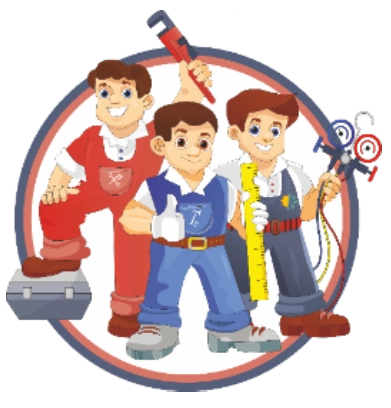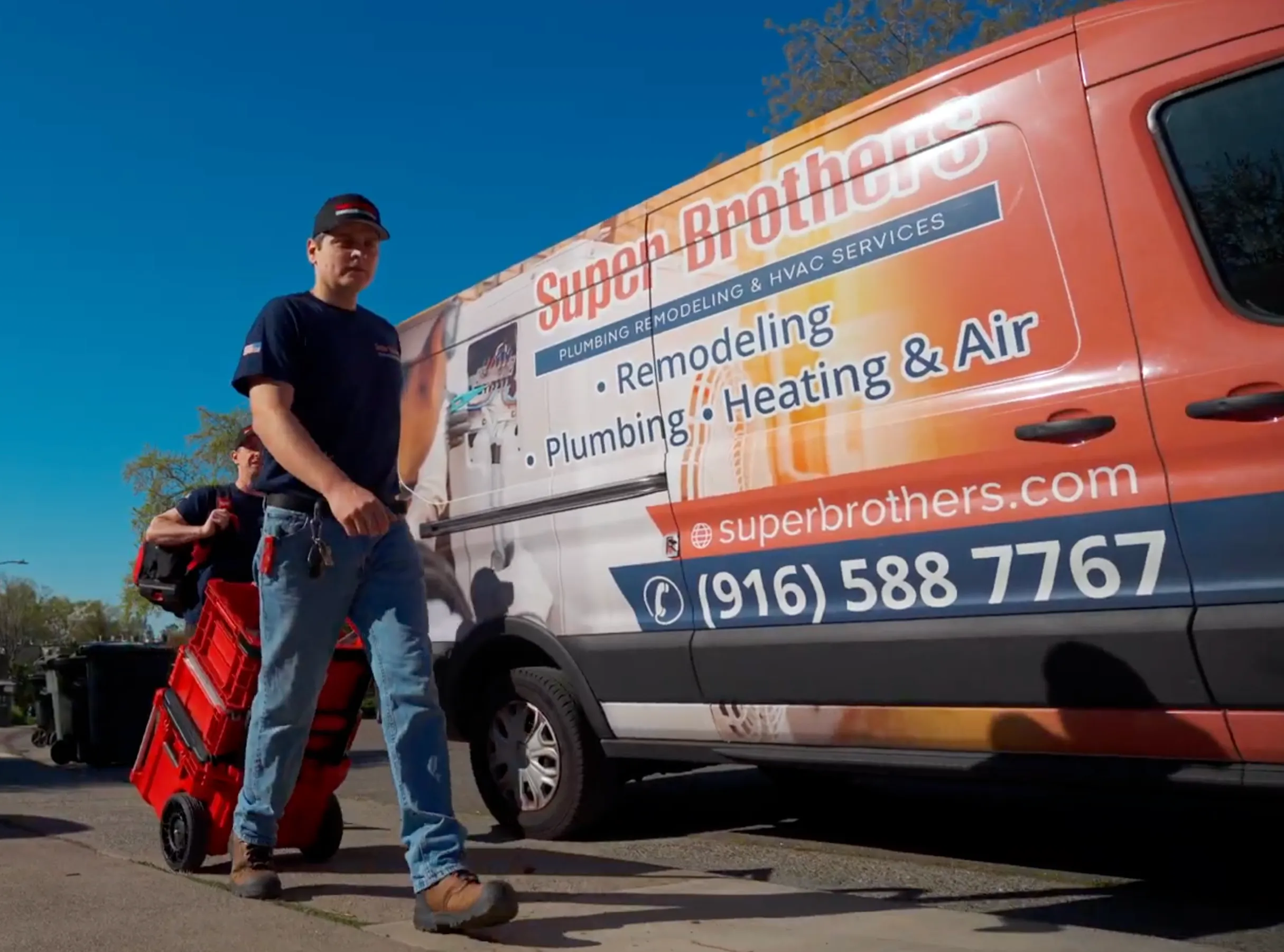Copper repiping is a reliable solution for homeowners dealing with outdated or damaged plumbing systems. Known for its durability and efficiency, copper has been a preferred material for water lines for decades. Whether you’re upgrading from galvanized steel pipes or addressing leaks in your current system, this guide provides valuable tips to help you understand and execute copper repiping.
Why Choose Copper for Repiping?
Copper is a durable, long-lasting material that has been extensively tested in residential and commercial plumbing systems. Here’s why copper repiping is a smart choice:
Benefits of Copper Pipes:
- Longevity: Copper pipes can last a lifetime with proper installation and maintenance.
- Resistance to Corrosion: Unlike galvanized steel, copper doesn’t rust or develop weak spots over time.
- Safety: Copper is a non-toxic material that doesn’t leach harmful chemicals into the water supply.
- Ease of Use: Copper is versatile and can be used for various applications, from main water lines to smaller branch lines.
Types of Copper Pipes
Copper pipes come in two main forms, each suited for specific plumbing needs:
- Soft Copper Coils: Flexible and easy to maneuver, soft copper coils are ideal for tight spaces or areas requiring bends.
- Rigid Copper Pipes: Sold in 10-foot sticks, these are strong and durable, making them perfect for main water lines in homes.
Choosing the Right Type:
- Use rigid copper pipes for main water lines for their stability and strength.
- Opt for soft copper coils in areas requiring flexibility, such as under sinks or around corners.
Preparing for Copper Repiping
Proper preparation is essential to ensure a smooth and efficient repiping process. Here are the steps to get started:
1. Turn Off the Water Supply
Shut off the main water valve and drain the existing system to avoid spills during pipe removal.
2. Remove Old Pipes
- If the old pipes are not reusable, cut them into smaller sections for easier handling.
- Pro Tip: Make cuts at corners to minimize damage to walls and ceilings.
3. Measure and Plan
- Accurately measure the lengths of pipes required for the project.
- Ensure the pipe diameter is adequate to maintain strong water pressure throughout the home.
4. Gather the Necessary Tools and Materials
You’ll need the following items:
- Pipes and Fittings: Include unions, reducers, elbows, and cross tees.
- Soldering Materials: Use plumb-safe solder, flux, and steel wool for cleaning.
- Torch and Pipe Cleaner: Essential for fusing fittings and cleaning pipe ends.
Copper Repiping Process
Step 1: Clean the Pipes and Fittings
- Use steel wool to clean the ends of the pipes and fittings until they shine.
- This ensures a strong, leak-free connection during fusion.
Step 2: Apply Flux
- Add flux to the pipe and fitting to prepare for soldering.
- Flux helps create a secure bond by removing oxides and preventing corrosion.
Step 3: Heat the Fitting
- Use a torch to heat the fitting. Test by touching the solder to the joint; if it melts and flows into the connection, the fitting is ready.
Step 4: Connect the Pipes
- Align the pipes and fittings correctly before soldering.
- Allow the joint to cool before testing for leaks.
Pro Tip: Use ¾-inch copper pipes for main lines and branch them down to ½-inch pipes for faucets and valves.
Additional Tips for Successful Copper Repiping
1. Maintain Water Pressure
- Ensure pipe diameters are sufficient to provide consistent water pressure throughout the home.
2. Use Quality Fittings
- Invest in high-quality unions, reducers, and elbows to ensure durability and reliability.
3. Insulate Pipes
- Insulate pipes in colder climates to prevent freezing and heat loss.
4. Hire a Professional When Necessary
- For complex projects, such as working in tight spaces or connecting to the main water supply, consider hiring a licensed plumber.
Why Replace Galvanized Steel Pipes with Copper?
Older homes often feature galvanized steel pipes, which are prone to rust and leaks over time. These pipes become brittle and difficult to repair, making replacement the best solution. Copper is an excellent upgrade due to its superior performance and longevity.
Conclusion
Copper repiping is a reliable and long-term solution for improving your home’s plumbing system. With proper preparation, quality materials, and attention to detail, you can ensure a successful repiping project that enhances water flow and eliminates leaks.
For expert copper repiping services and guidance, contact Super Brothers Plumbing Heating and Air. Our team provides professional advice and high-quality installations to meet all your plumbing needs. Let us help you upgrade your home’s water system with confidence!


